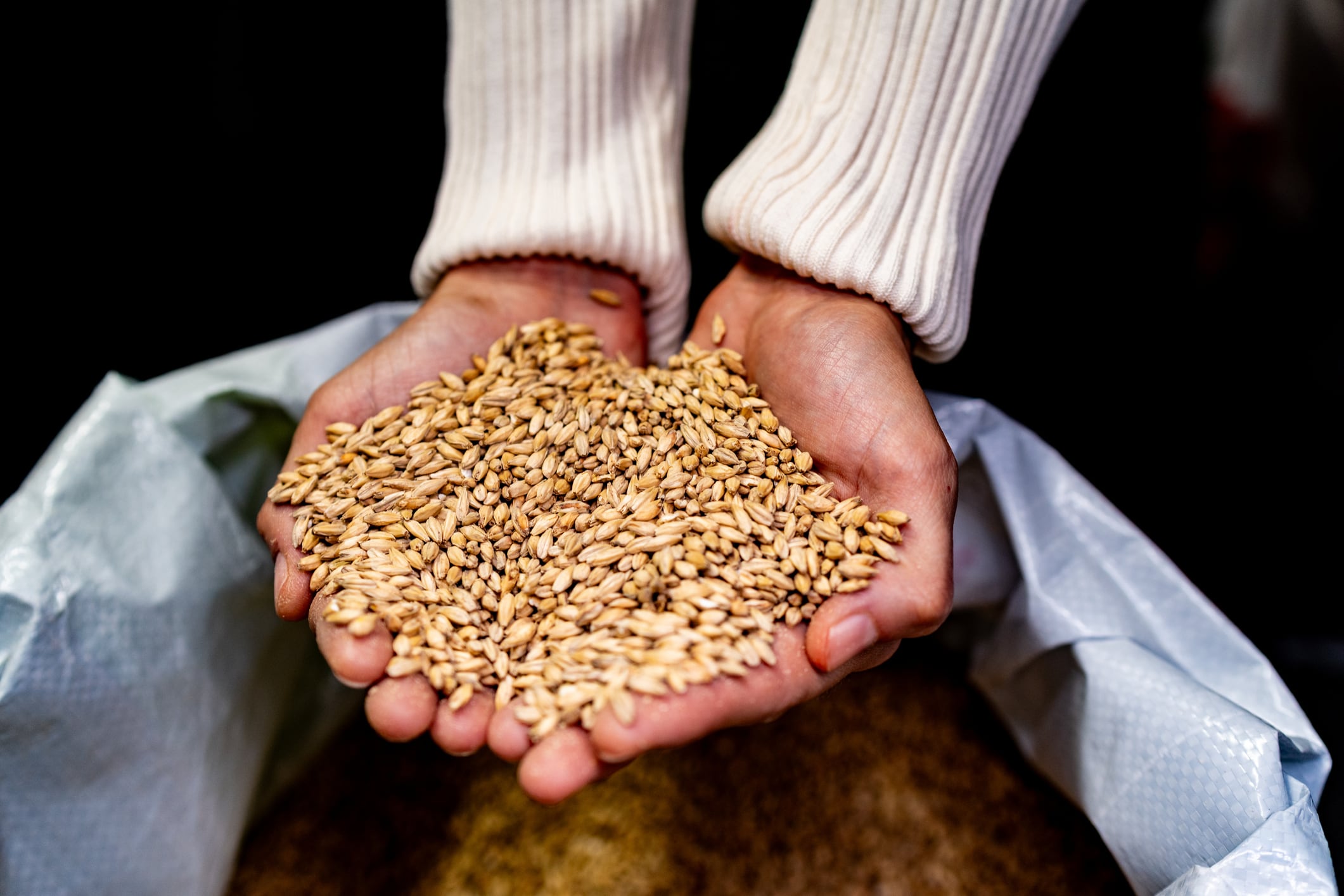Edacious, a science-driven food technology company that connects agriculture to human health, has teamed up with the Regenerative Organic Alliance (ROA) to measure how regenerative organic practices affect the nutritional quality of food. ROA, the creator of the Regenerative Organic Certified (ROC) standard, sets the world’s highest benchmarks for soil health, animal welfare and social fairness in agriculture.
Together, the partnership aims to create actionable insights into the relationship between how food is grown and its impact on people and the planet. The Edacious–ROA collaboration seeks to close the gap between consumer demand for verified health and wellness and the traditional focus of certifications on sustainability and ethics.
“Certifications today are really geared towards environmental and social issues, and overwhelmingly, consumers are asking for health and wellness as kind of a verification or certification associated with it,” said Eric Smith, CEO of Edacious. “Providing this service partnership data will allow us to help increase the value of these certification frameworks and build health and wellness as a part of that strategy.”
How the partnership works
Over the next four years, Edacious will analyze more than 200 ROC food products, spanning whole and lightly-processed foods such as granolas, oils, yogurts, beef sticks, crackers and pastas. Ultra-processed foods with unpronounceable chemical additives are excluded.
“More regenerative, sustainable, climate-friendly agriculture practices are producing foods with healthier profiles,” Smith said. “What we see by that is more nutrition per gram of food, so nutrient density increases, and then we see less contamination – pesticides, heavy metals, other forms of toxicity around the food. We’re hoping to bolster the consumer case and demand for regenerative organic by showing that they’re actually getting a better-for-you product.”
Edacious will provide ROA members with lab analysis for macronutrients, micronutrients and bioactive compounds, including vitamins, minerals, carotenoids, phenolics and flavonoids. “We work on a per-SKU basis,” by “analyzing all the macros, micros and phytos that are important to the quality of that product, which allows us to build benchmarks and show people how they’re performing,” Smith explained.
Benefits for brands and farmers
The partnership equips food brands with verified, lab-tested nutrition data, allowing them to communicate product quality and safety more effectively.
“Nutrition and nutritional facts panels are traditionally thought of as compliance-based work that you just need to check the box,” Smith explained.
“By bringing Edacious as a verified, lab-verified testing platform, it allows them to communicate health and wellness via nutrition data and showcase product quality through the lens of nutrition and safety,” he added.
Growers can also use benchmark data to differentiate their crops in the marketplace.
“The grower has never had an objective roadmap of how they’re performing,” he said. “We now have objective benchmarks for nutritional quality, which allows them to communicate downstream to buyers and say, ‘I’m doing something different here. Look at the nutritional quality of my product relative to others.’”
This approach aims to “de-commoditize supply chains and get growers paid, allowing them to innovate their way out of a commodity-based market,” he clarified.
Contributions to the food system
By generating verified data on nutrients and toxins, the partnership aims to create market incentives that actually reward high-quality, better-for-you food.
Smith envisions broader policy implications as well. “If we can bring objective data to food quality, everybody can see that food quality,” which will “allow the market to react to that information and change decision-making about how food is produced, grown, shipped, stored, processed and sold.”
Ultimately, the partnership seeks to create transparency around nutritional quality and connect producers and consumers in a way that channels dollars to the most responsible farming practices.
“We’re trying to create an objective roadmap to actually improving not only the nutritional quality of food and our health, but the health of the ecosystems in which that food is produced,” Smith said.




